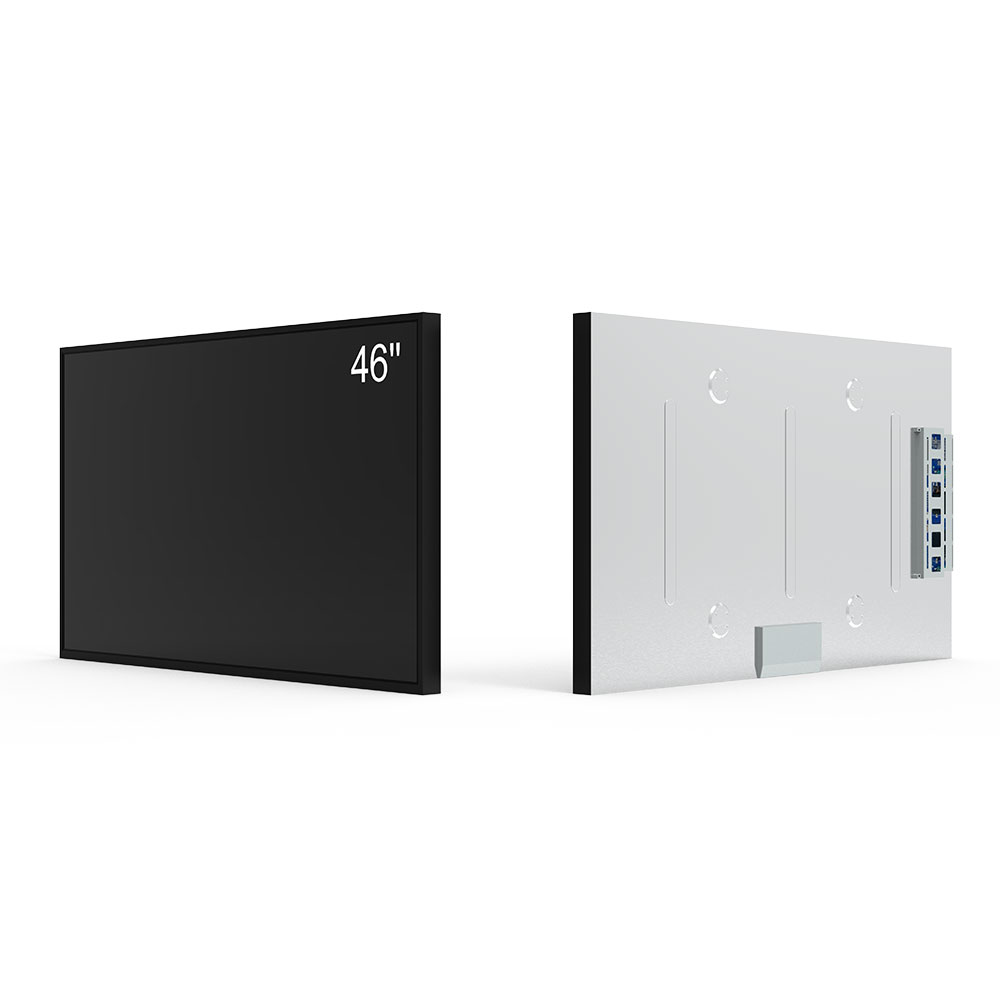When selecting an outdoor LCD screen for commercial use—whether for advertising, public information, or digital signage—it’s critical to understand the technical specifications, environmental challenges, and industry standards that define performance and longevity. Unlike indoor displays, outdoor LCDs must withstand extreme temperatures, humidity, direct sunlight, and physical wear. According to the International Electrotechnical Commission (IEC) standard IEC 60068-2, outdoor displays must be tested under conditions simulating real-world exposure including thermal shock, sand/dust ingress, and UV radiation resistance.
A key parameter is brightness, typically measured in nits. For optimal visibility in direct sunlight, commercial-grade outdoor LCD screens should have a minimum brightness of 5,000 nits, with many premium models reaching up to 10,000 nits. This ensures content remains legible even at noon under full sun—a requirement often overlooked by less experienced buyers. Additionally, high contrast ratios (at least 4,000:1) are essential for maintaining image clarity in varying lighting conditions.
Another critical factor is the display’s IP rating. An IP65 or higher rating indicates protection against dust and water jets, making it suitable for street-level installations. In urban environments like New York City or Tokyo, where screens are exposed to rain, pollution, and temperature swings, compliance with IP65 or IP68 is non-negotiable for long-term reliability.

Manufacturers such as LG, Samsung, and NEC offer industrial-grade panels certified under MIL-STD-810G for shock and vibration resistance—vital for screens mounted on poles or bus stops. These certifications ensure durability under constant movement, which is common in transportation hubs and construction sites.

Furthermore, LED backlighting is now preferred over traditional CCFL due to its energy efficiency, longer lifespan (up to 100,000 hours), and better heat dissipation. This directly impacts maintenance costs and sustainability goals—key metrics for modern commercial clients.
Finally, remote management capabilities via IP-based control systems (e.g., using ONVIF or SNMP protocols) allow for real-time updates, diagnostics, and scheduling. This feature is especially valuable for multi-site deployments, enabling centralized monitoring across cities or regions.

By integrating these parameters—brightness, IP rating, ruggedization standards, backlight technology, and remote management—you can confidently choose an outdoor LCD screen that delivers both visual impact and operational resilience for any commercial application.







